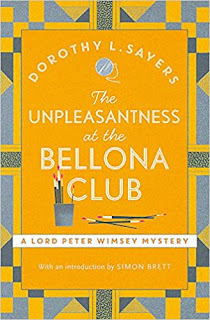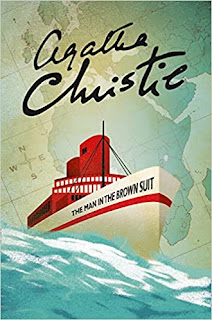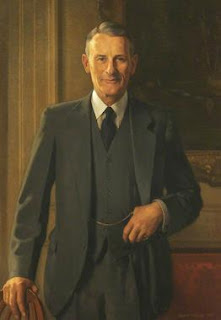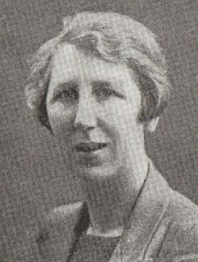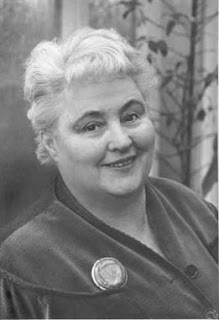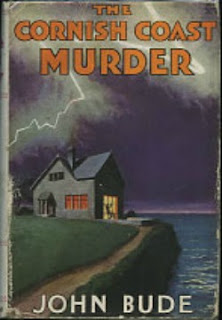A well-plotted novel that offers a glimpse of life after the First World War
The fourth Lord Peter Wimsey novel by Dorothy L Sayers, The Unpleasantness at the Bellona Club, begins with Wimsey chatting with an acquaintance, Captain George Fentiman, in the bar of the Bellona Club on the evening of Armistice Day. The Unpleasantness at the Bellona
Club is the fourth Wimsey novel
They joke about the club being like a morgue or funeral parlour, recalling a cartoon in the humorous magazine, Punch, in which an elderly member of a gentleman’s club summons a waiter to remove a fellow member from his chair on the grounds that he had been “dead for two days”.
Fentiman points out that his grandfather, General Fentiman, comes in every morning at 10 am, collects the Morning Post, settles into the armchair by the fire and becomes part of the furniture until the evening.
When Wimsey’s dinner companion, Colonel Marchbanks, arrives he goes to speak to General Fentiman who is still in his chair by the fire. He comes back to Wimsey and tells him something ‘rather unpleasant’ has happened.
It transpires that while they have been joking at the bar, old General Fentiman really was dead in his chair. A doctor is called and says rigor mortis is already well established.
Most of the action in the novel, first published in London in 1928, takes place in the fictional club for war veterans that Sayers has invented.
Doctor Penberthy, General Fentiman’s personal physician, certifies death by natural causes but is unable to give the exact time of his passing. This turns out to be rather crucial. As it happens, his wealthy sister had died on the morning of Armistice Day. If she had passed away first, the General would have inherited her fortune, which would then be left to his grandsons, Captain George and Major Robert Fentiman, who could both do with the money.
The brothers ask Wimsey to investigate, because unless they can prove that the General died after his sister, the entire fortune would go to her young, female companion.
 |
| Sayers was short of money until her novels took off |
He is bitter that all he has been given by his country is the privilege of marching past the Cenotaph on Armistice Day, and yet serving in the war has cost him his job, his income and his good health.
Sayers herself knew what it was like to live on a low income in London between the wars and did not become prosperous until her Lord Peter Wimsey novels became a success.
There was a time when she was so hard up and short of money for food she considered taking a job as a teacher. Finally, in her 30th year, she sold the detective novel she had been working on in her spare time, Whose Body? which introduces Lord Peter Wimsey.
Sayers herself said of her creation of Wimsey: ’At the time I was particularly hard up and it gave me pleasure to spend his fortune for him. When I was dissatisfied with my single unfurnished room, I took a luxurious flat for him in Piccadilly… I can heartily recommend this inexpensive way of furnishing to all who are discontented with their incomes.’
Once Wimsey has started his investigation on behalf of the brothers, he finds establishing the time of the General’s death difficult. Unusually, no one saw the old man arrive at the Club on the morning of Armistice Day and can swear to him having been alive at that point. Eventually, Wimsey has to have the body exhumed and re-examined.
After discovering that the General had been poisoned, Wimsey tracks down the murderer, who then shoots himself in the Bellona Club library.
More unpleasantness for the members of the club to complain about!
This fourth Lord Peter Wimsey novel from Dorothy L Sayers, who was, in her day, judged to be one of the Queens of Crime, is definitely worth reading.
